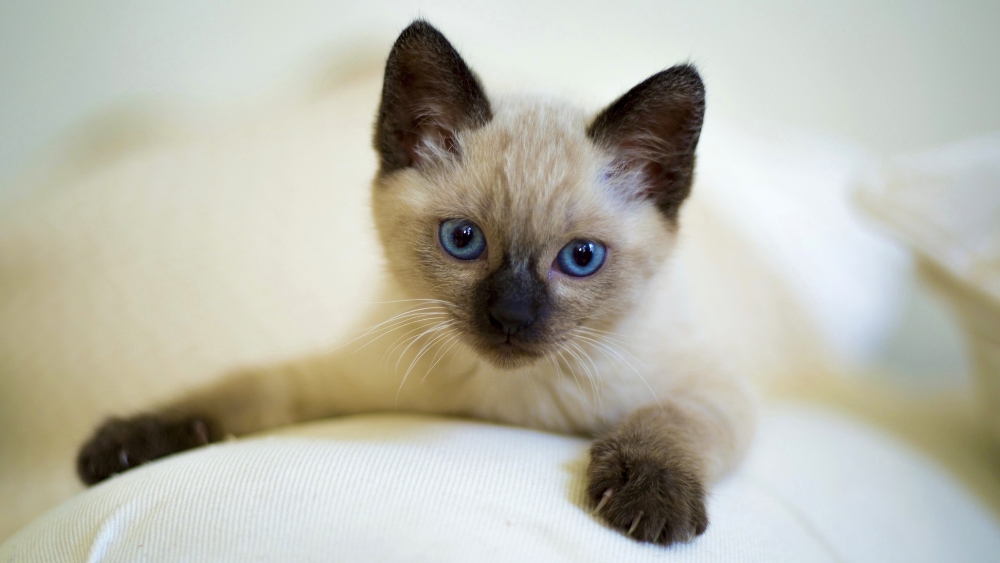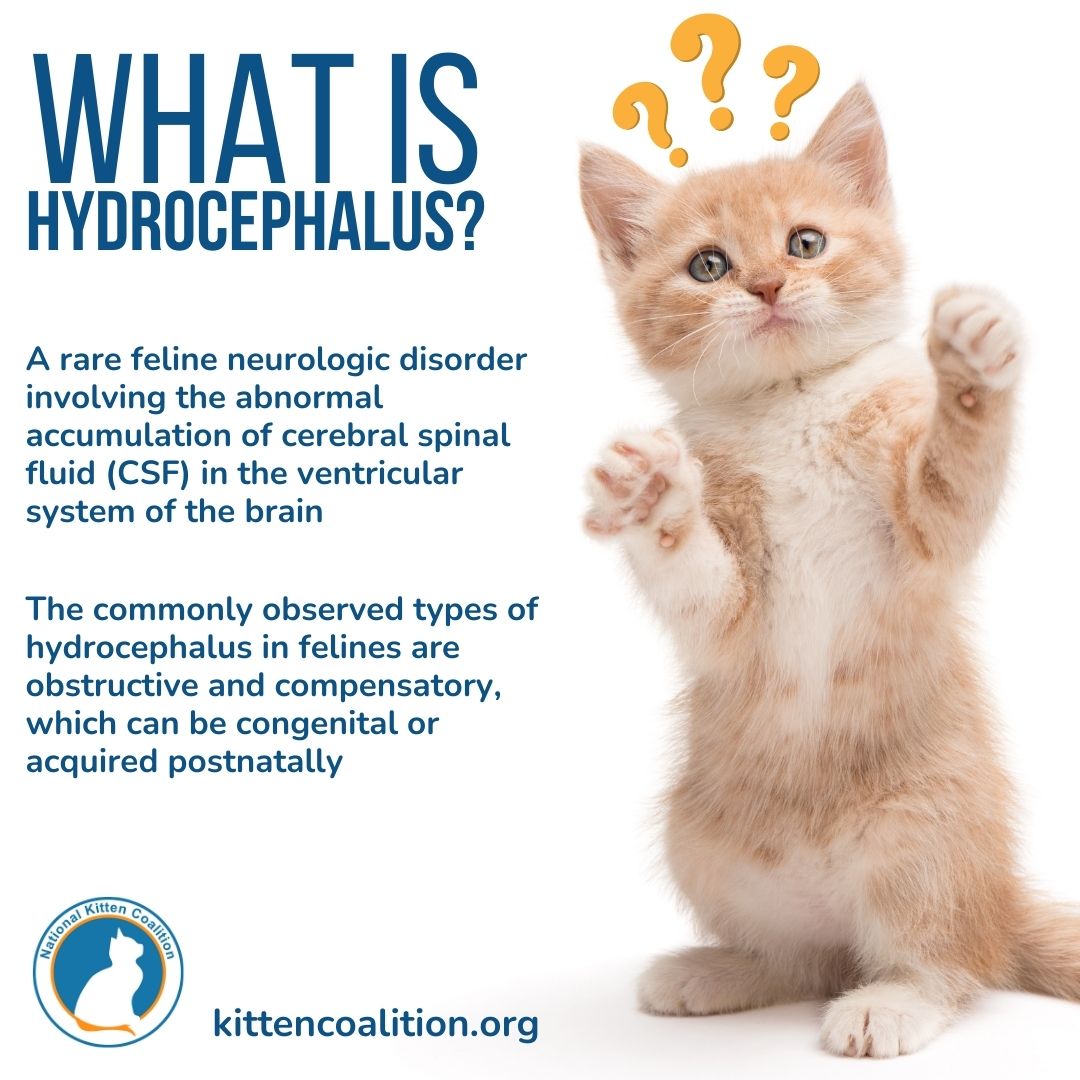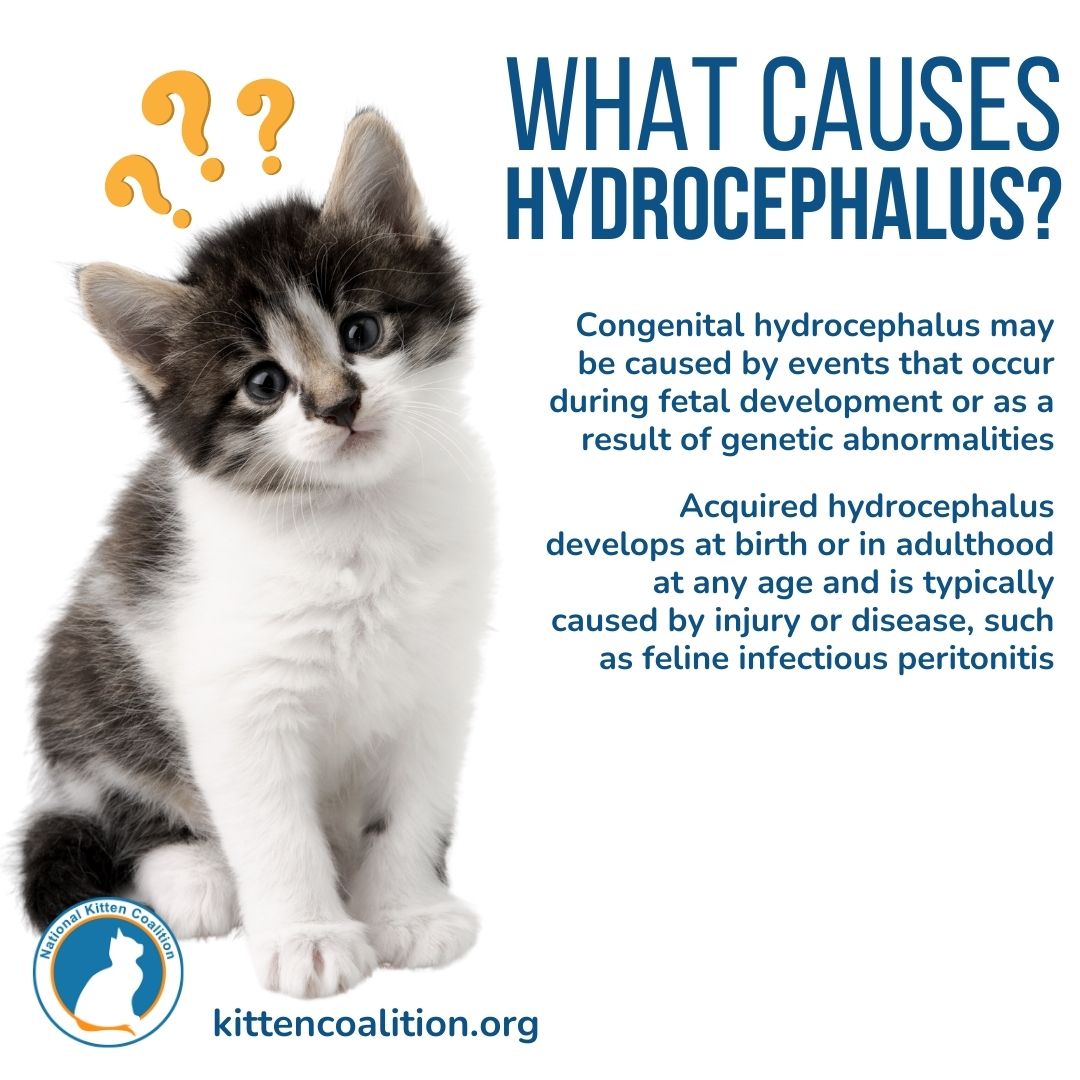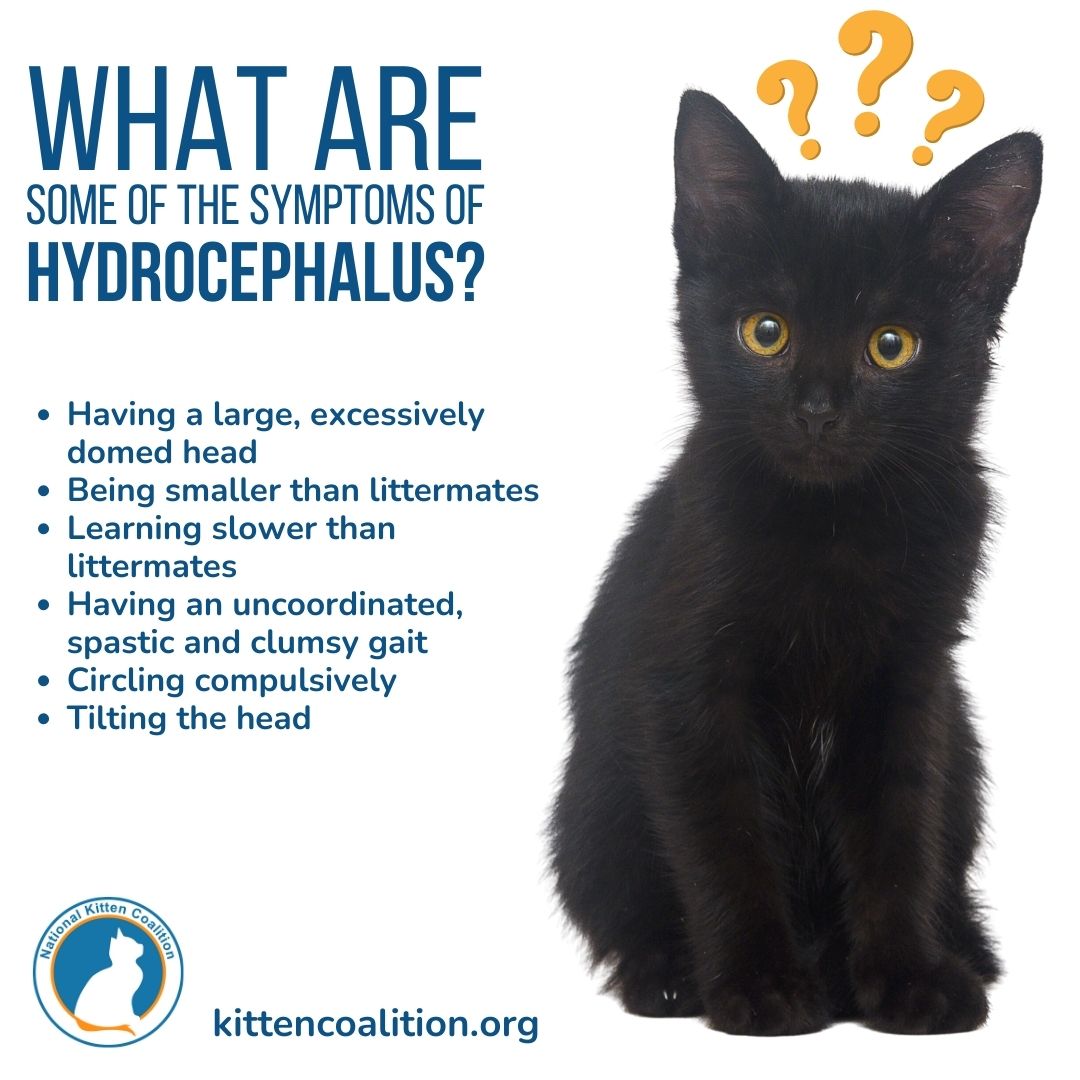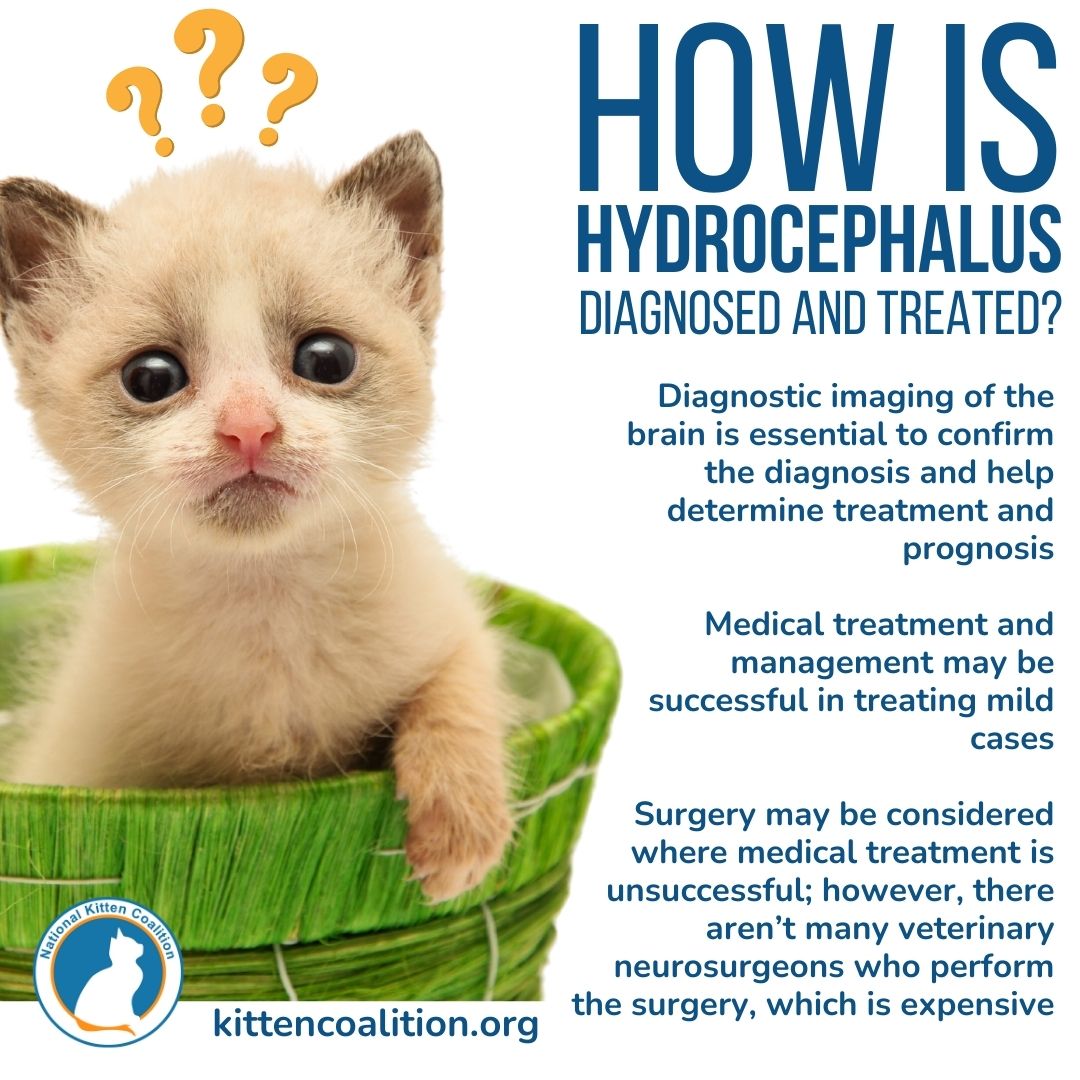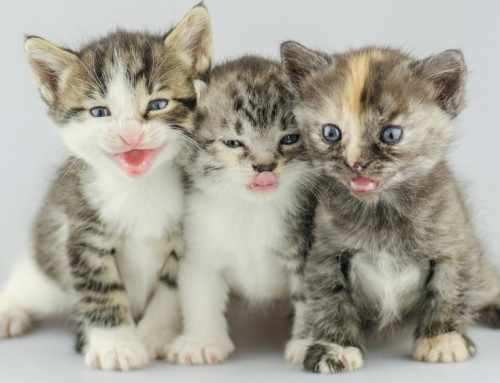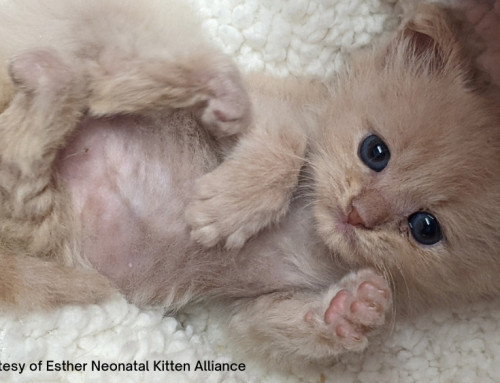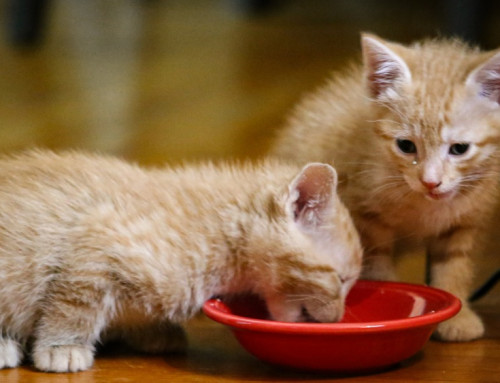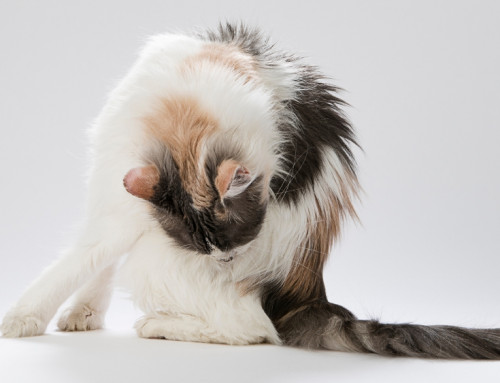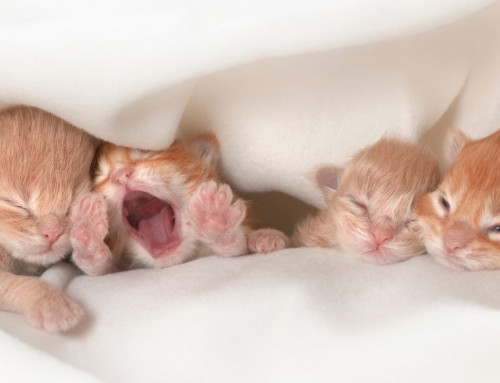Share this resource or email it to a friend!
What is Hydrocephalus?
Hydrocephalus, commonly referred to as “water on the brain,” is a rare feline neurologic disorder. It involves the abnormal accumulation of cerebral spinal fluid (CSF) in the ventricular system of the brain. Consisting of electrolytes, enzymes and glucose, CSF surrounds and protects the spinal cord and brain from injury as well as transports nutrients, removes waste and regulates pressure in the brain. CSF is constantly produced and absorbed by the body, and disruption to CSF’s normal flow or production of too much can cause CSF to buildup in the brain, which can lead to permanent, irreversible brain damage and death.
The two types of hydrocephalus most commonly observed in felines are obstructive hydrocephalus and compensatory hydrocephalus, and both can be congenital (present at birth) or acquired postnatally.
In the case of obstructive hydrocephalus, CSF accumulates due to an obstruction along its normal circulatory pattern or at the CSF resorption site. With compensatory hydrocephalus, spinal fluid fills the space where the nervous system’s functional parts have been destroyed and/or failed to develop.
What Causes Hydrocephalus?
Congenital hydrocephalus may be caused by events that occur during fetal development or as a result of genetic abnormalities and is usually considered obstructive, involving a blockage that prevents CSF from flowing between ventricles (hollow spaces) in the brain. Congenital hydrocephalus usually becomes apparent within a few weeks of birth, but can become apparent up to a year of age. Acute onset of symptoms can occur with previously undiagnosed congenital hydrocephalus, and its cause is often uncertain. Congenital hydrocephalus can be caused by intrauterine exposure to feline panleukopenia virus as well as prenatal treatment of the queen with griseofulvin, a medication that can be used for treatment of ringworm.
Siamese cats appear to be predisposed to a hereditary congenital hydrocephalus. Kittens with one mutated gene from each parent will have the condition while those kittens with only one mutated gene may carry the condition without developing the disorder themselves, but pass it on to the next generation. At present, testing to determine which individuals may produce affected offspring is not available, therefore affected individuals should not be bred and, generally, breeding individuals who have affected relatives should be avoided. Healthy Siamese which have produced an affected kitten should be assumed to be carriers of the condition and should not be used for breeding again.
Acquired hydrocephalus develops at birth or in adulthood at any age and is typically caused by injury or disease, such as feline infectious peritonitis.
What Are the Symptoms of Hydrocephalus?
The pressure exerted by CSF on the bones of the skull may result in the cranium (head) becoming large and excessively domed in shape and to the thinning of the skull bones, which expose the fontanelle (soft spot between the bones of the skull where ossification is not complete). This can occur In young cats because the bones of the skull have not yet fused, making enlargement possible. Symptoms are often not present at birth but become apparent over the first few weeks or months of life when the skull reaches its growth limit. The continuing accumulation of CSF causes pressure on the brain and leads to neurological symptoms, which usually start around eight to twelve weeks.
Other symptoms of affected kittens may include:
- Being smaller than littermates
- Learning slower than littermates
- Having a gait that is uncoordinated, spastic, and clumsy
- Circling compulsively
- Tilting the head
- Having an altered mental state ranging from hyperexcitability to severe lethargy/dullness
- Pressing the head against a wall or corner for no apparent reason, a condition known as head pressing
- Crying excessively
- Having eyes that gaze downward and outward (called ventrolateral strabismus)
- Being blind
- Having seizures
The progress of the disease is variable and unpredictable. Symptoms usually progress from mild to severe and then to stupor and death. Mild cases may be stabilized with only minor symptoms that persist throughout life.
How Is Hydrocephalus Diagnosed?
Any kitten with symptoms indicative of hydrocephalus should be examined by a veterinarian. Imaging of the brain is essential to confirm the diagnosis and help determine treatment and prognosis. Diagnostic imaging may consist of radiographs (x-rays), ultrasound, magnetic resonance imaging (MRI) or computer tomography (CT) scans. Other diagnostic tests that can assist in the diagnosis of hydrocephalus are a spinal tap and an electroencephalogram (EEG).
What Is the Treatment for Hydrocephalus?
In most instances, medical treatment for the symptoms of hydrocephalus may include corticosteroids to relieve brain swelling and inflammation, diuretics to reduce the amount of CSF and drug therapy to reduce seizures. Medical treatment has been successful in treating mild cases, but may only provide a temporary solution to the problem; it does not address the cause, especially in cases of obstructive hydrocephalus.
Surgery may be considered where medical treatment is unsuccessful. However, there aren’t that many veterinary neurosurgeons who perform the surgery, and it can be expensive. In addition to the surgical costs, there are costs for hospitalization and post-surgical complications, including too little or too much fluid being drained and shunt obstruction.
Surgery consists of placing flexible tubes called shunts that move CSF from the ventricles into another body cavity, such as the peritoneal cavity (a fluid-packed area that houses most of the abdominal organs) because it has a high absorptive capacity.
Congenital hydrocephalus is the most common disorder for which shunt placement is advocated as treatment. There are two types of shunts currently used in cats:
- Shunts with fixed pressure valves use a one-way valve to trigger CSF drainage when a predetermined intracranial pressure (ICP) point is reached; they cannot be adjusted without additional surgery/ies.
- Shunts with adjustable valves regulate the ICP based on a pressure setting, like the fixed pressure valve, but the valve settings can be adjusted without surgery by a veterinarian during an office visit. The valves are manipulated using an external adjustment tool with a strong magnetic field, and, therefore, some valves may be sensitive to environmental magnets. Many adjustments may be required to find the right setting, which may change over time.
Unfortunately, there is no way to know if surgery will be successful, and cats with shunts require a lifetime of vigilant observation by their caregivers since immediate action is required if complications develop. Complications can include infection, obstruction and intracranial hemorrhage. Cats with open fontanelles, may be fitted with helmets, but they are not without their issues. They may be heavy, which places additional weight on the head of a kitten who already has a bigger/heavier head and weak neck and chest muscles.
What Is the Prognosis for Hydrocephalus?
Unfortunately, euthanasia is the most common outcome for kittens who suffer anything but the mildest symptoms of the disease. Treatment of kittens with severe congenital hydrocephalus is considered futile due to the large amount of tissue destruction and atrophy (degeneration) and loss of normal function. However, although congenital hydrocephalus is not curable, cats with mild hydrocephalus can live quality lives with medical treatment to manage the disease.

